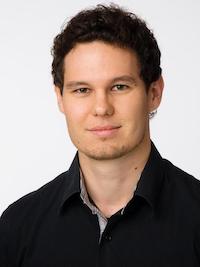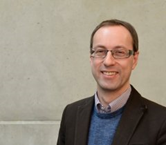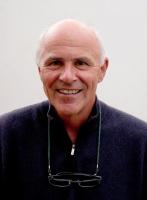November 29, 2022 | 10:00 am (CET) | Room: S.2.69 | | Alpen-Adria-Universität Klagenfurt
Ass. Prof. Sashko Ristov | Computer Science Department, University of Innsbruck
Abstract: Function-as-a-Service (FaaS) is the latest paradigm of cloud computing in which developers deploy their codes as serverless functions, while the entire underlying platform and infrastructure is completely managed by cloud providers. Each cloud provider offers a huge set of cloud services and many libraries to simplify development and deployment, but only inside their clouds, often in a single cloud region. With such „help“ of cloud providers, users are locked to use resources and services of the selected cloud provider, which are often limited. Moreover, such heterogeneous and distributed environment of multiple cloud regions and providers challenge scientists to engineer cloud applications, often in a form of serverless workflows. In this talk, I will present our design principle „code once, run everywhere, with everything“. In particular, I will present challenges and our approaches and techniques how to program, model, orchestrate, and run distributed serverless workflow applications in federated FaaS.
Bio: Dr. Sashko Ristov is Assistant Professor at the Computer Science Department of University of Innsbruck, Austria. His research interests include engineering distributed applications and systems in federated clouds, in particular automation, simulation, performance modeling, and optimization of serverless workflow applications.
Dr. Ristov has a PhD degree in computer science in 2012 from Ss. Cyril and Methodius University, Skopje, North Macedonia, where he was Assistant professor (2013-2016). He was also Postdoctoral University Assistant at the Distributed and Parallel Systems Group, Computer Science Department, University of Innsbruck, in the period 2016-2022.










